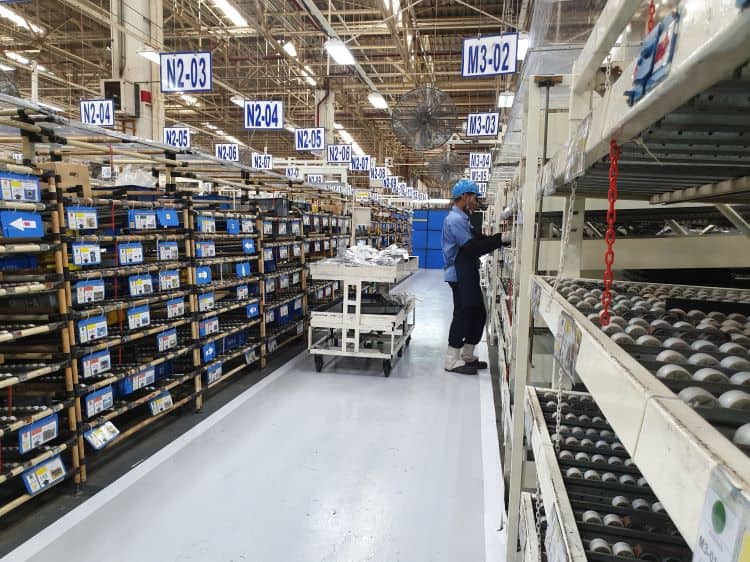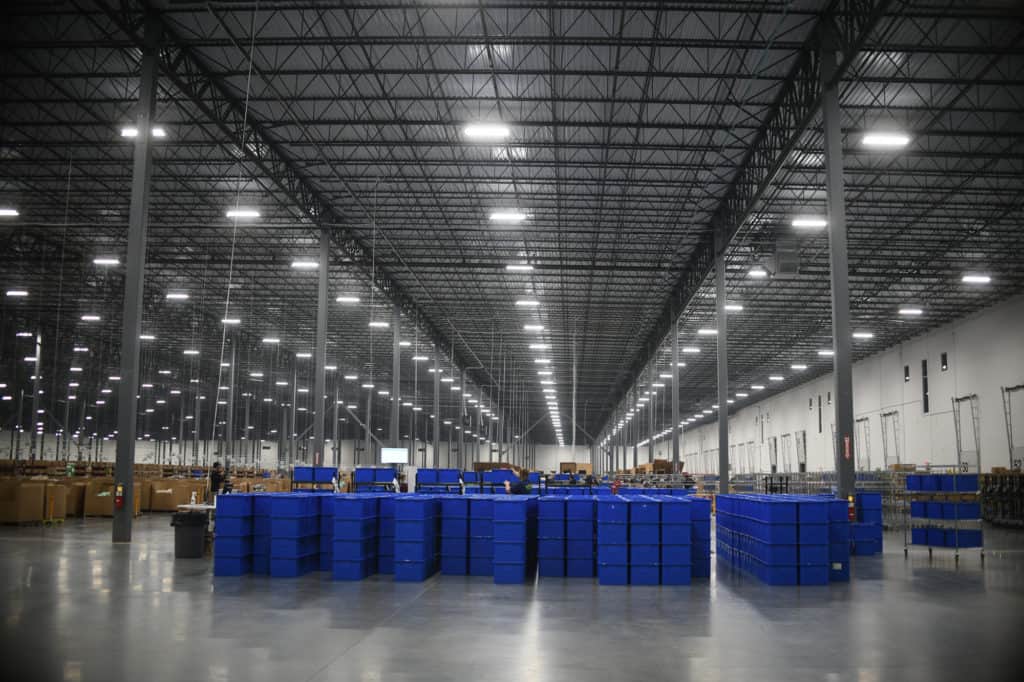Order picking carts were once a staple in the warehouse, but today, new innovations offer better, more functional solutions that support the order picking process. Leveraging new technologies allows modern warehouses to improve productivity by augmenting the work of their associates while optimizing pick routes, reducing human error and improving accuracy, all advantages that are difficult to achieve with traditional warehouse order picking carts.
With increased competition and a push towards optimizing every supply chain process, today’s warehouses find ways to improve the picking process, control and reduce fulfillment costs and improve operational performance by letting go of outdated technologies and embracing innovative technologies. Here’s a look at why warehouse order picking carts are costing you money — and what you should be using instead.
What are warehouse order picking carts?

Some warehouse order picking carts have several containers of varying sizes, while others have one or two containers for transporting larger items. Others don’t have containers at all but instead have shelves that carry items or boxes of inventory from one place to another.
Order picking carts do offer a few benefits. Using these carts, associates can pick or move more items at the same time, and they reduce the need for stationary workstations. Warehouse order picking carts can also help reduce work-related fatigue by making it less physically demanding to move inventory.
Advantages of warehouse order picking carts
Order picking carts do offer a few benefits. Using these carts, associates can pick or move more items at the same time and they reduce the need for stationary workstations. Warehouse order picking carts can also help reduce work-related fatigue by making it less physically demanding to move inventory.
Disadvantages of warehouse order picking carts
Despite their benefits, warehouse order picking carts have a few important disadvantages. Some say they help to improve accuracy, but it’s still up to associates to identify the right pick locations and pick the right quantity of the correct items for the right orders. In other words, picking carts leave a lot of room for human error.
Another disadvantage is slower picking speeds. Warehouse order picking carts are heavy and it takes a lot of work to move them around, which leads to a slow pace. Workers can pick the pace at which they move through the warehouse, which may be slower than average walking speeds. Because associates push traditional order picking carts manually, fatigue and stress are still possible when associates work with heavy loads. Using order picking carts with certain pick methodologies, such as pick-and-pass, is cumbersome. Finally, working with picking carts proves challenging for organizing optimal pick routes as they’re subject to operator error.
These disadvantages hinder your associates’ productivity, resulting in fatigue and burnout that makes them more likely to make mistakes. In the warehouse, productivity has a direct impact on the bottom line. Likewise, too many order fulfillment errors can result in losing customers and even reputation damage, which also impacts revenue.
The ideal alternative: collaborative mobile robots
Outdated warehouse order picking carts gave way to a new, more advanced concept: collaborative mobile robots. Collaborative mobile robots help improve productivity by guiding associates to pick locations and through each picking task. Because collaborative mobile robots enhance the work of your associates, they help to improve accuracy in ways that traditional order picking carts can’t. 
Collaborative mobile robots are automated, meaning they don’t rely on manual pushing and therefore don’t contribute to worker fatigue or stress. In contrast, associates push traditional order picking carts manually, resulting in stress and fatigue that can hinder productivity.
Solutions like 6 River Systems’ Chuck leverage artificial intelligence to make real-time decisions based on work assignments and the status of the warehouse floor. By prioritizing work, Chuck helps warehouses improve resource utilization, and it works alongside all the systems and tools you already use. 6RS’s solution minimizes in-aisle travel and eliminates long walks to receive or deliver work. When working with traditional order picking carts, all of this is up to the operator.
A flexible, scalable solution designed to meet the needs of the modern warehouse, 6 River Systems offers an expanded line of collaborative mobile robots with several models and configurations. Mobile Sort, 6 River Systems’ all-in-one picking and sorting solution, enables warehouse associates to intelligently pick and sort batches into discrete orders to reduce cycle time and improve pick efficiency. And, unlike traditional warehouse automation solutions, warehouses can implement collaborative mobile robots without changing their infrastructure. Implementation takes just weeks, rather than months, and you’ll realize a return on investment in months, rather than years.
While warehouse order picking carts are a traditional warehouse staple, collaborative mobile robots realize benefits that can’t be achieved with outdated order picking carts: improved resource utilization, increased productivity and improved accuracy. When you empower your associates to get more done in less time and with fewer errors, the benefits are clear in your company’s bottom line.
See 6 River Systems’ solution in action:



